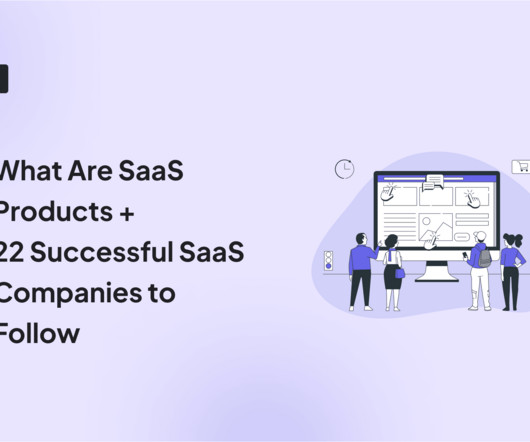Measurement: What SaaS platform builders need to know to prepare for growth, Part 3
CloudGeometry
MARCH 22, 2022
When developing a SaaS product plan, it’s important to recognize two foundational principles. First, SaaS is a business strategy, not a technology strategy. Second, there is no one-size-fits-all SaaS architecture (the second principle is a corollary of the first). It makes no difference to anyone but you.














Let's personalize your content